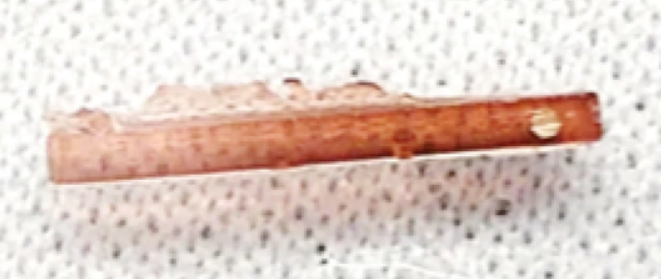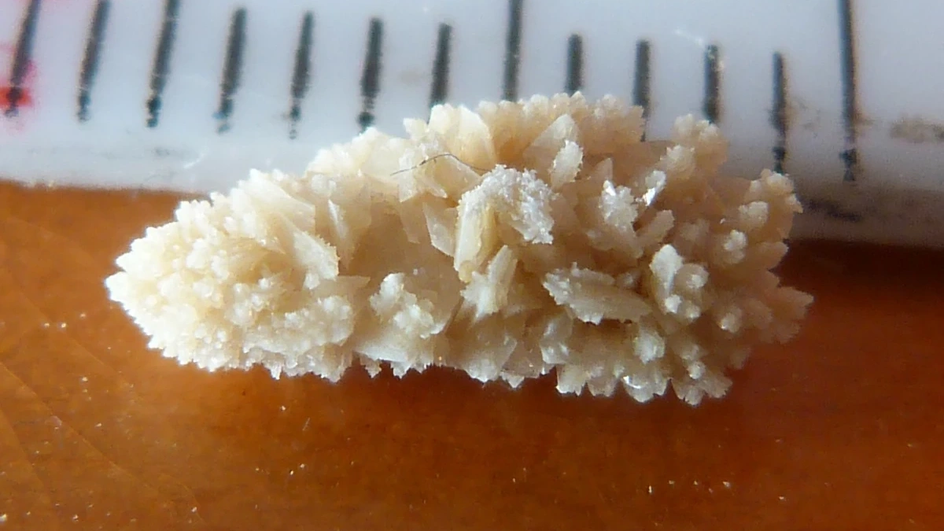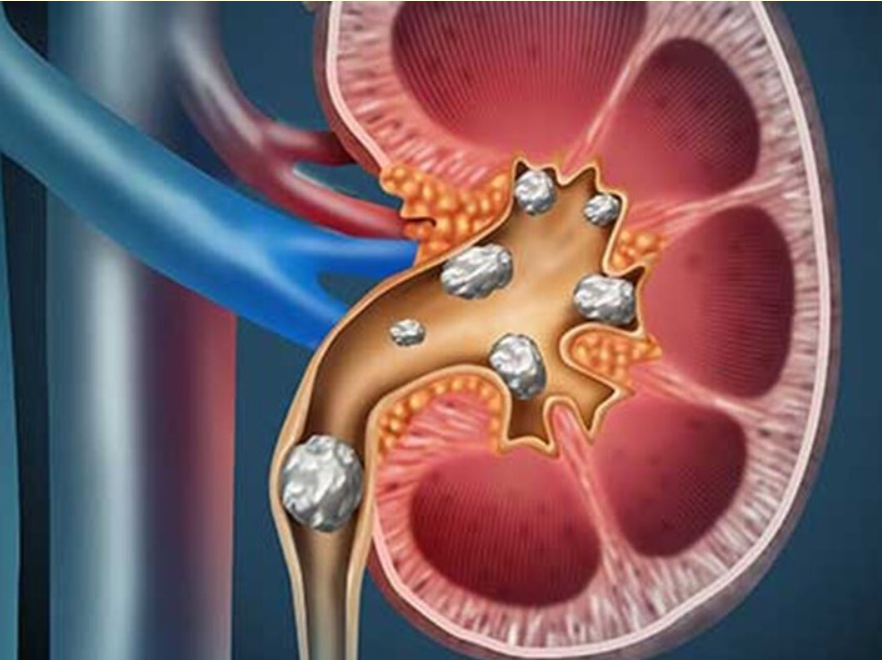🤖 We’ve written a lot about robots before, but never about one like this )
Researchers at the University of Waterloo (Canada) have developed soft magnetic robots that resemble thin strands of spaghetti. These bioengineered structures are made from a combination of hydrogel and elastomer — materials with high flexibility and biocompatibility.
The unique experimental device has already been dubbed the “magic thread” — an innovative tool capable of dissolving kidney stones without the need for surgery. After fabrication, the thread is infused with the enzyme urease, which plays a key role in stone breakdown.

This technology could represent a real breakthrough in urology, as traditional kidney stone treatments are often associated with painful procedures, risks of complications, and long recovery times.
The “magic thread” is made from a combination of hydrogel and elastomer — materials with high flexibility and biocompatibility. After fabrication, the thread is infused with the enzyme urease, which plays a key role in the process of stone dissolution. The main idea is that once inserted into the bladder, the thread begins to locally alter the chemical properties of the urine around the stone. Specifically, the enzymatic activity of urease increases the pH level, thereby reducing the acidity of the environment and creating conditions under which the stone gradually dissolves.

In preliminary experiments on 3D models of the urinary tract, researchers observed impressive results: the mass of stones decreased by nearly one-third, and the pH level rose from 6 — the typical value for a stone-forming environment — to a neutral 7. This effect is extremely important, as altering the acidity of the environment is a key factor in controlling and breaking down the crystalline structures of stones.

The developers emphasize that the technology is currently at the stage of laboratory testing and model trials, but the results already show significant potential for future clinical application. In the future, the “magic thread” could offer patients an alternative to traditional methods of stone treatment, including surgical operations and extracorporeal shock wave lithotripsy.
“Our goal is to offer an effective alternative to existing treatments,” says lead researcher Veronika Magdanz. “Accelerated stone dissolution will allow patients to be relieved from pain faster and, most importantly, avoid traumatic surgery.”
Experts note that this method could significantly reduce the invasiveness of treatment, speed up recovery, lower the risk of infections and other complications associated with surgery. Moreover, the ability to control the dissolution process of the stone through localized pH adjustment opens new horizons for the development of similar bioengineering devices in other areas of medicine.

In preliminary experiments on 3D urinary tract models, researchers observed impressive results: the mass of stones decreased by nearly one-third, and the pH level rose from 6 — the typical value for a stone-forming environment — to a neutral 7. This effect is extremely important, as altering the acidity of the environment is a key factor in controlling and breaking down crystalline structures.
🔬 The team is now preparing for the next stage — experiments on large animals to confirm the safety and effectiveness of the technology before clinical trials in humans. If successful, patients in the future may be able to get rid of stones without scalpels or long recovery, and medicine itself will gain another minimally invasive tool in its arsenal.
All content provided on this website (https://wildinwest.com/) -including attachments, links, or referenced materials — is for informative and entertainment purposes only and should not be considered as financial advice. Third-party materials remain the property of their respective owners.


